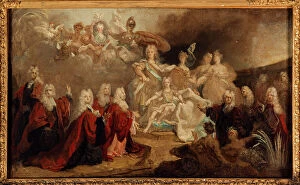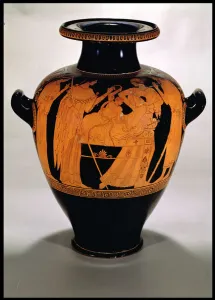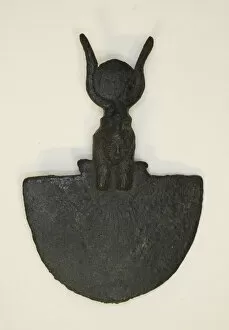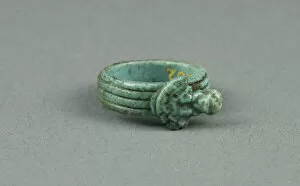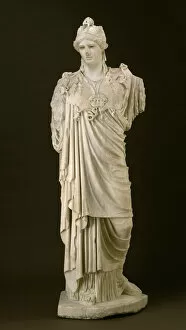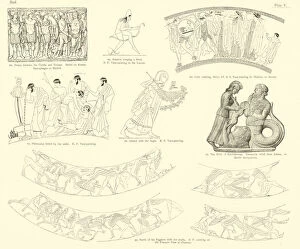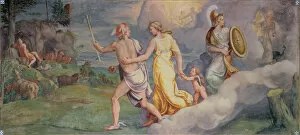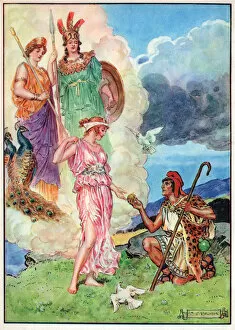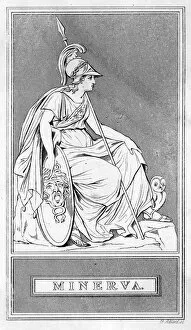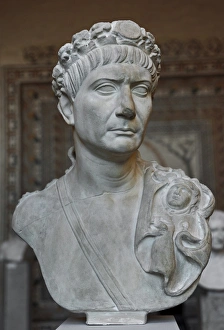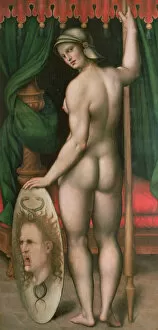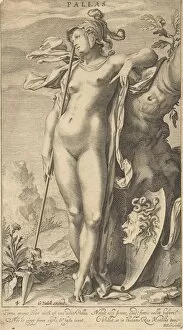Aegis Collection
The Aegis, a symbol of divine protection and power, has been depicted in various forms throughout history
All Professionally Made to Order for Quick Shipping
The Aegis, a symbol of divine protection and power, has been depicted in various forms throughout history. One such representation is seen in the head of Hathor with horns of a cow and a sun disc. This amalgamation showcases the fusion of Egyptian and Greek influences during the Third Intermediate Period-Late Period. In Roman times, Emperor Trajan's bust portrays him wearing an Aegis, signifying his authority and strength as a leader. The Attic red-figure stamnos from Vulci tells the tale of Infant Herakles slaying snakes while donning an Aegis. This pottery piece serves as a reminder that even in infancy, great heroes can possess immense power. Egyptian culture also embraced the concept of the Aegis through amulets and rings. An amulet featuring an Aegis with Sekhmet/Bastet's head exemplifies how this symbol was associated with goddesses known for their protective qualities during both the New Kingdom-Third Intermediate Periods. Engravings depicting Tiberius crowned with oak leaves while wearing an Aegis highlight his status as emperor and connection to nature's might. Pallas, another embodiment of wisdom and warfare, is portrayed wearing an Aegis in engravings too. The replication of Zeus and Athena's great altar from Pergamon demonstrates how prominently this symbol featured in ancient religious practices. Additionally, marble sculptures like the Lansdowne Bust of Athena or Hope Athena showcase her majestic presence alongside her iconic shield-like garment.

